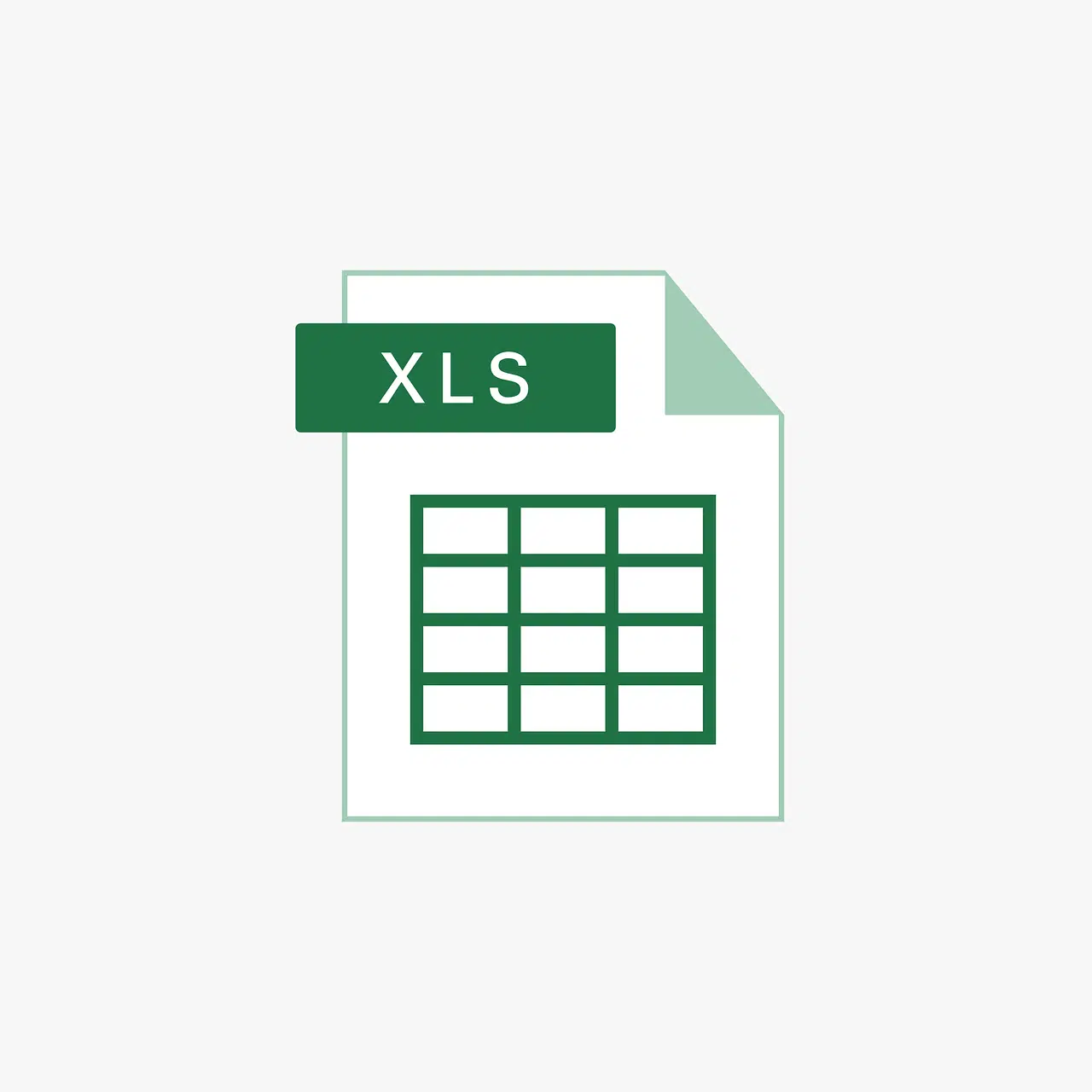
A surfboard is an element that allows you to float.
A board is a flat piece of wood or other rigid material . If the board is very thick, it is called a plank . There are tables of different types and with different uses, but it is always an object with a flat surface .
In carpentry, boards – from the Latin tabula – are used as supports or shelves . In ancient times, the board was used for curing cheese, while today it can also be used to support or cut food.
Sports tables
Boards are also used in sports . The first surfboards were made with wood or reeds, materials that allowed them to float but were not very resistant. Nowadays, they are manufactured with synthetic materials or low-density polypropylene plastics, making them lighter and easier to manipulate objects.
Snowboards , on the other hand, are typically constructed from wood and laminated with fiberglass . These devices are used to slide on the snow for sporting or recreational purposes.
The term in different areas
A table is also a list or catalog of things arranged successively or with some relationship to each other . Two well-known examples are the multiplication tables and the periodic table of the elements. In the game of chess or checkers, meanwhile, a draw is a tie between competitors (when none of the players can gain an advantage and win the game).
In the field of computing , the notion of table is related to databases and spreadsheets, and usually includes various fields (which correspond to the name of the class or type of data that you want to collect) and records (the stored data).
In this context, the Excel and Access programs, both belonging to Office ( Microsoft 's office suite ), are the most popular, despite the growing success of open source alternatives that have been fighting for first place since the end of the decade. of 90. The first is used to make spreadsheets and the second, databases.

A table can be a system for organizing information.
The table as an information organization system
Tables may seem like a closed and precarious system of organizing information ; but when combined with concepts such as references (widely used in large databases), the level of complexity grows exponentially. If, for example, a company wants to store the contact data of its customers, it is natural to think of a layout that contains fields such as "First name" , "Last name" , "Phone" and "Email" .
The first problem that this structure presents is that many clients can have the same last name, and even the same first name. Unless the rest of the fields are required, accessing a particular record may be difficult; That is why it is always advisable to use a unique identification key , a number that is automatically assigned to each new line, and that is never repeated, since it increments by one each time a new entry is made.
Up to this point, computing does not seem to offer many advantages over paper, except for the power of searches. However, if the company wanted to account for its customers' purchases, it would be necessary to create a new table, which could store "Transaction number" , "Product" , "Amount" and, the fundamental point of any relationship, a field that will link with the customer table: "Customer number" , the unique key mentioned above.
The relationship between tables has no limits, in that a table can be related to as many as desired, and provides a very high level of flexibility and access to data. There are three possible models: one to one , one to many and many to many .
